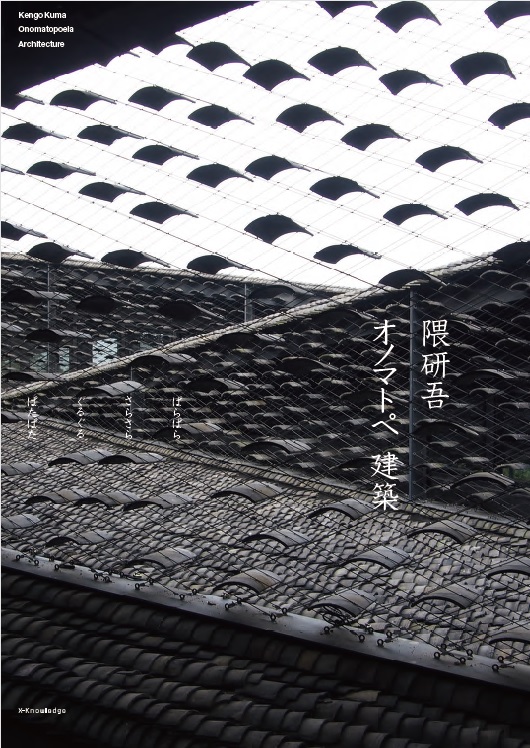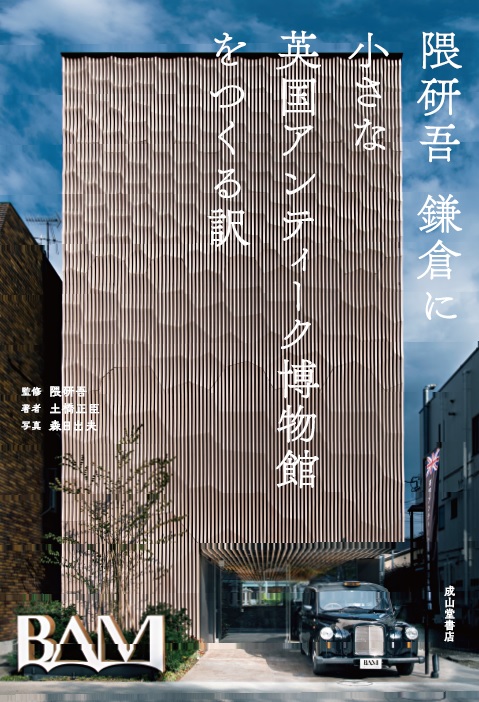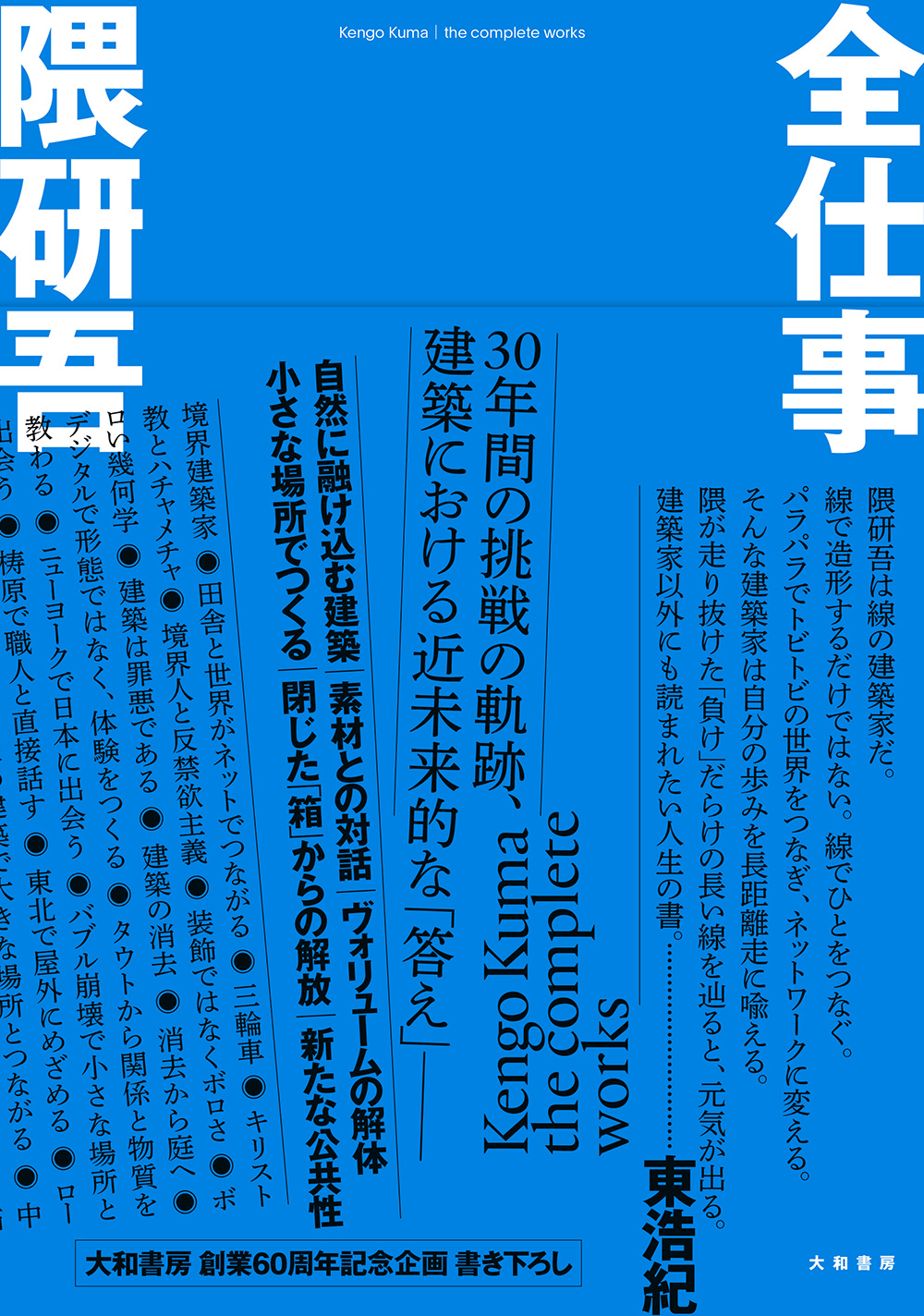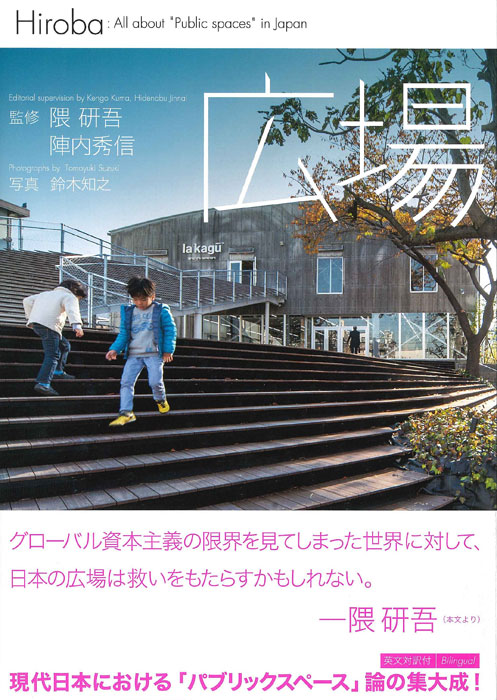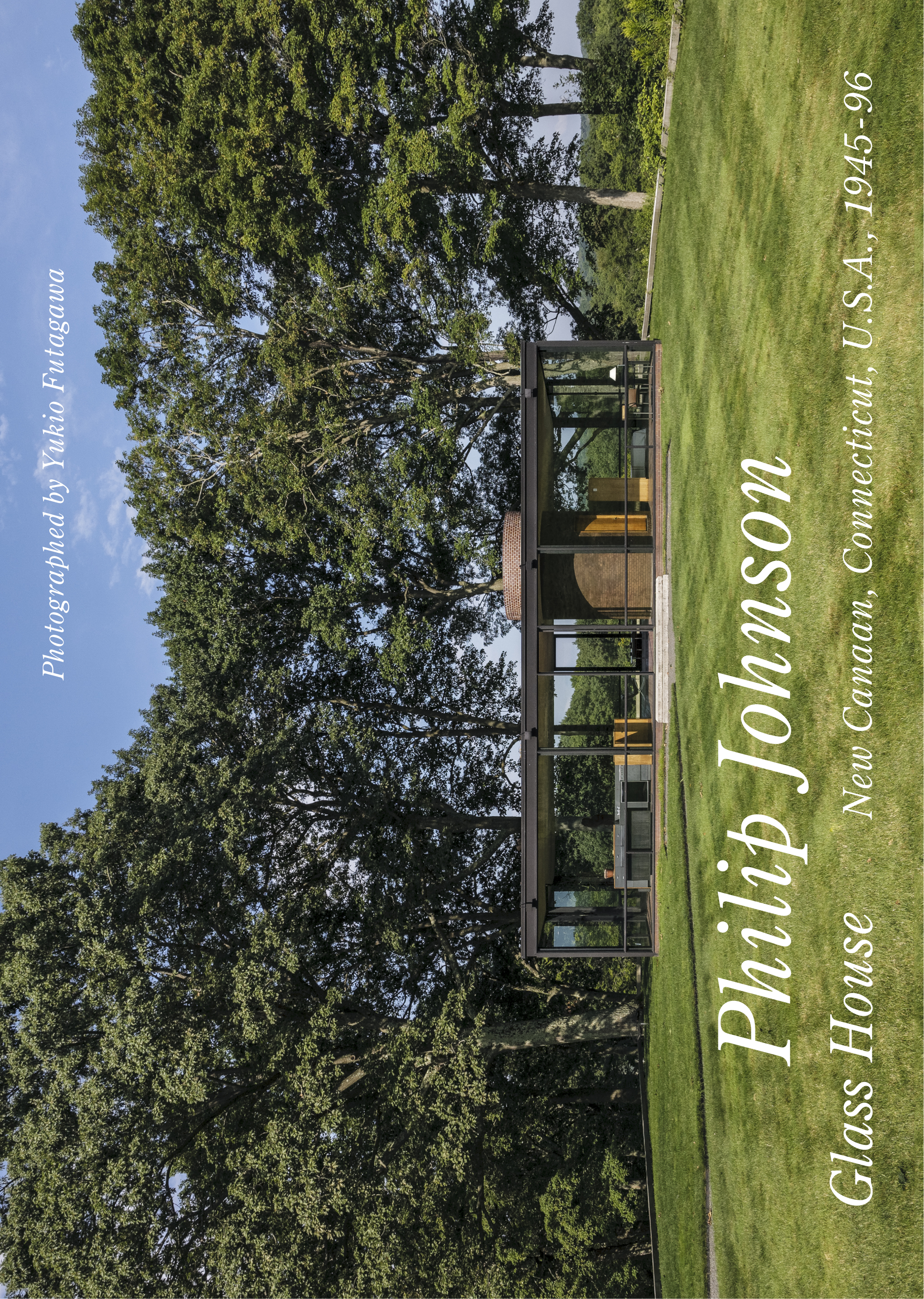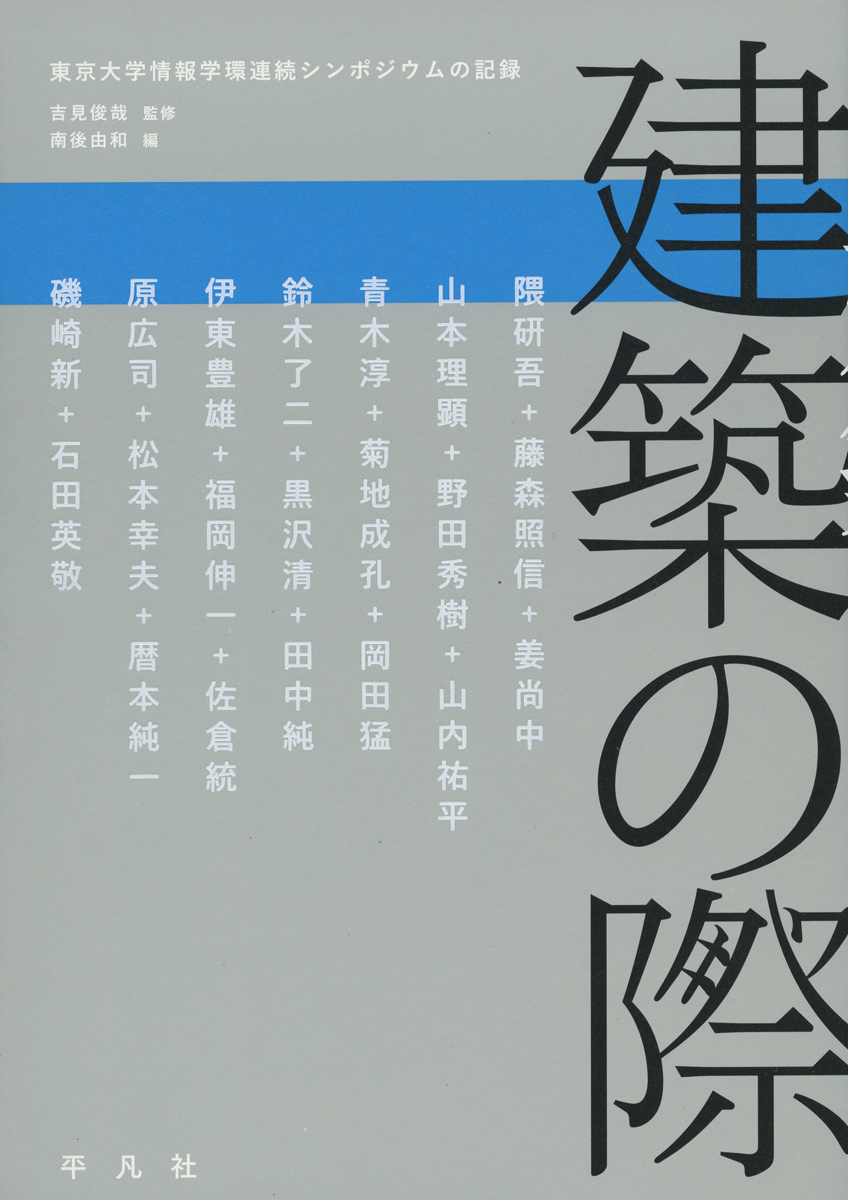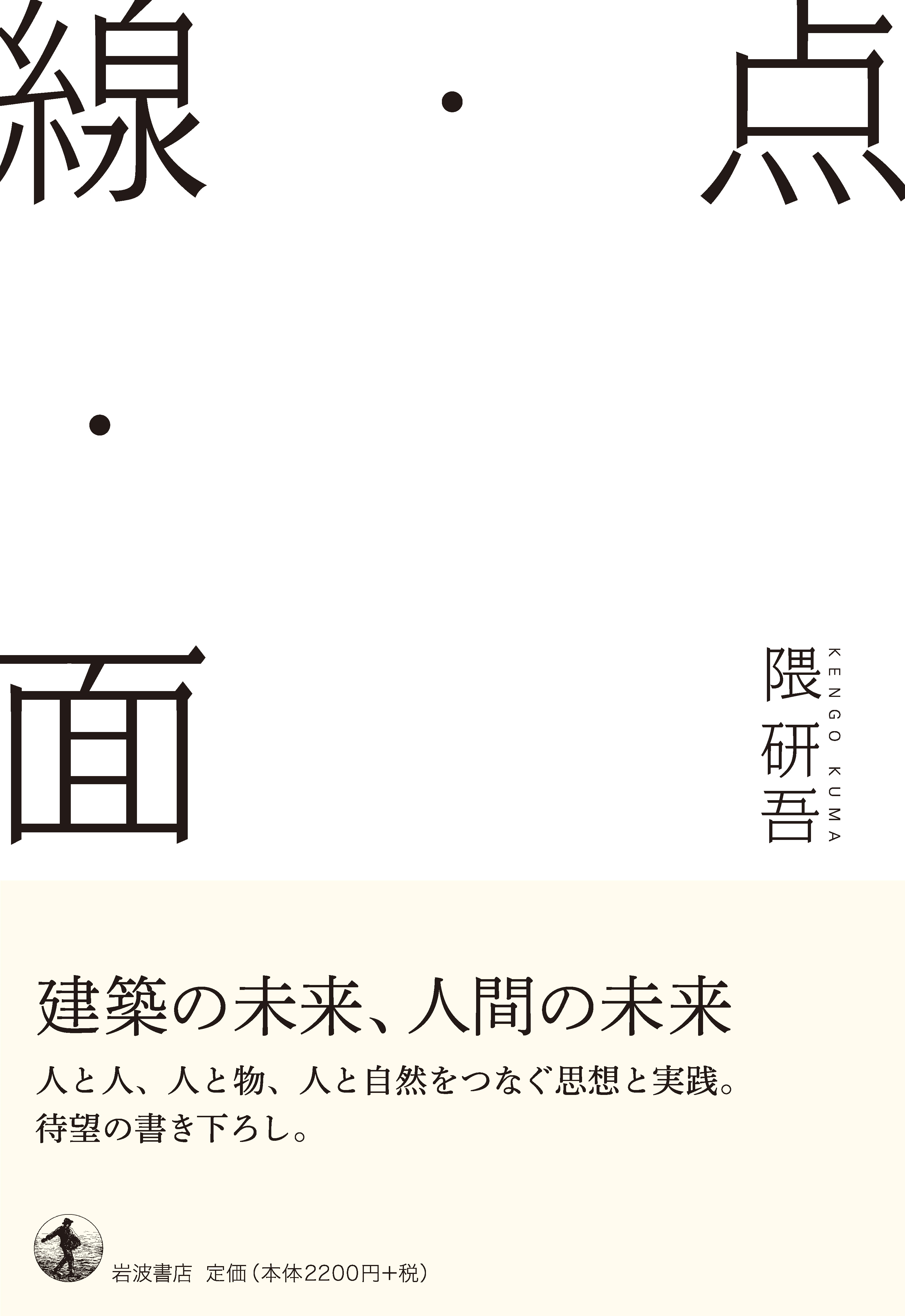
Title
Ten, Sen, Men (Point, Line, Plane)
Size
214 pages, 127x188mm, hardcover
Language
Japanese
Released
February 07, 2020
ISBN
9784000240604
Published by
Iwanami Shoten
Book Info
See Book Availability at Library
Japanese Page
I thought I would try and come up with an architectural theory that surpasses Newtonian mechanics and even Einstein and is compatible with quantum mechanics. I was inspired by Einstein’s friendship with Le Corbusier, the leading 20th-century Modernist architect who showed the renowned physicist around his masterpiece, Villa Savoye, and tried to promote the idea that his architecture and Einstein’s physics were analogous. The Swiss architectural historian Sigfried Giedion capitalized on this opportunity and wrote Space, Time, and Architecture (1941), in which he praised his fellow countryman for having “transcended space and time,” though when I read about Le Corbusier’s campaign, I was disappointed to find him holding on to Newton’s antiquated conception of time. For Newton, time and movement were connected, and time was a parameter for the movement of objects in space. This classic Newtonian tedium was the starting point for Le Corbusier and for the “inhumanity” of Modernist architecture.
I wrote this book in the hope of both transcending that Newtonian concept of time and, in one fell swoop, break free from Einstein’s limitation—his belief that the laws of physics were absolute. Though the new laws of physics he proposed shattered the boundaries of space and time, he did not doubt the absoluteness or universality of those laws in the slightest. In new physics, all laws of physics came to be called “effective theories,” which hold true only within a fixed range. The new post-Einsteinian physics called quantum mechanics gave rise to this idea and dismantled the very structure of physics itself. Hirosi Ooguri, who has taught at the University of Tokyo, gave me hints on superstring theory and other kinds of new post-Einsteinian physics.
Can real spaces such as architectural spaces and cities be conceived in terms of effective theories? Can effective theories be used to deconstruct architecture and urban design? — these are the questions I wanted this book to pose. The COVID-19 pandemic may push attempts to achieve this. In the post-COVID world, we will probably live one day at a time by utilizing effective theories.
(Written by KUMA Kengo, University Professor / Professor Emeritus, Office of University Professor, School of Engineering / 2022)



 Find a book
Find a book


